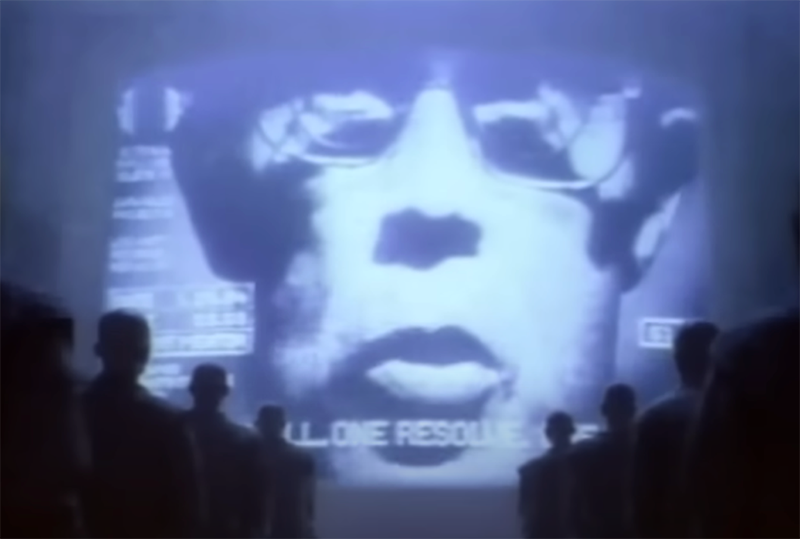Despite pharma being the no. 2 category in terms of ad spend in the US, John Kenny, from EVERSANA INTOUCH, discusses the reasons why pharmaceutical ads are usually absent from the Super Bowl.
This article is part of a series themed 'Strategy on Drugs' by John Kenny. Read more below.
It seems a little strange to me that so far, no pharma brand has announced that it will be doing a Super Bowl ad this year.
Why? Well, pharma ads are now the second biggest category in terms of spend in American advertising and the Super Bowl is the crown jewel of American advertising. In fact, in the US, it’s typically hard to avoid pharma advertising these days, except, that is, for the Super Bowl. But, on second thought, maybe I shouldn’t feel this is quite so weird. Over the previous five years, only one pharma brand has advertised on The Big Game: the glucose monitor Dexcom, in 2021 and 2023.
For sure, a lot of Super Bowl advertising is for cheap, low-involvement categories like soda, candy, and fast food. Pharma’s focus on high-priced, high-involvement categories like oncology, autoimmune diseases, diabetes, and obesity may at first seem out of place. But there are also a lot of Super Bowl ads from other categories that are major investments, including cars, mortgages, tax services and small business web hosting. None of these categories are cheap or trivial choices, and yet they’ve all made their mark at the Super Bowl.
Perhaps, pharma’s absence is because its audience targets are relatively niche for a $7 million media buy? Maybe, but increasingly not. COVID made mRNA vaccines household names, one in five Americans are considered severely obese, 21 million Americans are clinically depressed, nearly one million will be diagnosed with cancer this year and all Americans between the ages of 45 and 75 should be getting a colonoscopy. Pharma’s biggest brands are all spending in excess of $100 million per year on campaigns to reach their audiences. Their budgets are similar to, or exceed, a lot of existing Super Bowl advertisers, and the Super Bowl’s biggest selling point is that it’s one of the last events that everyone watches.

Maybe pharma’s tone is off? Is illness just too serious a topic for the Super Bowl? Not really. Some of the greatest Super Bowl ads of all time have taken on serious topics. Apple’s “1984” spot took on fears of a totalitarian future, Chrysler proudly announced “Imported From Detroit” in 2011 when the future of the US automobile industry was still in doubt, and this year Dove, in partnership with Nike, is planning on addressing the crisis in young women’s body confidence.
And it’s certainly not for a lack of product news. Pharma brands are bringing amazing innovations to market every year that are having profound impacts on patients’ lives. Obesity, migraines, CRISPR gene editing, post-partum depression … the list goes on. Conditions that were considered fatal or incurable are now being transformed, bringing hope and relief to millions, yet the overall pace of new medication adoption still remains frustratingly slow.
In truth, I think the reason pharma ads don’t leverage the Super Bowl is that the type of advertising that pharma over-indexes on does not do that well in the Super Bowl context. Most pharma advertising is still pretty informational, with carefully calibrated/regulated product claims and images optimized for an immediate response. To date, when pharma has entered the Super Bowl, that’s what the category has stuck with. And while even this more informational approach has proved effective for pharma, the really best Super Bowl ads are incredibly emotional, eliciting laughs or tears, and therefore incredibly memorable, shaping brand perceptions and performance for years to come.
But in many ways, pharma should be a natural for this type of emotional Super Bowl ad. The determination and courage of athletes is a staple of Super Bowl advertising, but it’s nothing compared to the determination and courage of patients.

A brand like Dodge Ram trucks celebrated its end users in one of the all-time great Super Bowl ads, “So God Made A Farmer,” but where is pharma’s “So God made a doctor, a nurse, a caregiver, an orderly” – individuals who play such incredibly heroic roles in so many patients’ lives today? Google’s product demo “Parisian Love” left viewers crying, but one of the big oncology franchise brands should re-shoot the actual end of that classic tearjerker “Love Story”, because today, a 25-year-old’s leukemia diagnosis no longer has to mean a sad ending.
Not only can pharma play in the Big Game, but in many ways the industry needs to. Distrust of the industry remains high, resulting in slow adoption of new treatments and new vaccines and poor medication adherence. And pharma needs to define itself for an era in which more and more health conditions will be transformed by new treatments.
Will it be easy? Of course not! I’ve stewarded through my own share of Super Bowl campaigns to know how easy it is to stumble. But be it at the brand level, franchise level or corporate level, pharma needs and deserves a great Super Bowl ad. Our category is too important, too emotional, too innovative to remain on the sidelines.
(Editor's note: After this was written, pharma giant Pfizer emerged as a Super Bowl advertiser, running a commercial that lifted up the corporate brand and focused on the industry's and the company's history of innovation. It scored well in terms of brand-building, according to research from System1. That said, there were only two pharma ads in the game, the other being a product-focused ad for the menopause drug, Veozah.)

